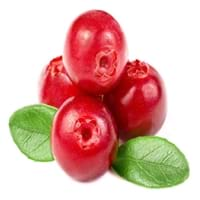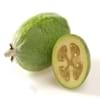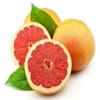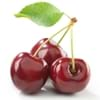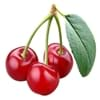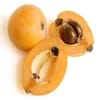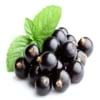Health Benefits
Anti depressant, Cancer prevention, Reduces nervous tension, Treatment of alzheimer's disease, Treatment of Lung disease
Cancer prevention, Heart care, Kidney stone treatment, Scurvy treatment, Ulcer prevention
General Benefits
Digestive aid, Helps in weight loss, Improves blood circulation, Strengthens bones, Treatment of common cold
Anti-inflammatory properties, Boosts immune system, Digestive aid, Fights against infections, Strengthens bones
Skin Benefits
Brightens and lightens complexion, Skin rejuvenation
Anti-aging benefits, Reduces wrinkles, Skin rejuvenation, Treatment of acne
Hair Benefits
Promotes longer and healthier hair, Protects hair
Promotes longer and healthier hair, Protects hair, Treatment of dandruff
Allergy Symptoms
NA
Anaphylaxis, Breathing difficulty, Itching, Skin rash, Swelling of mouth, tongue or lips
Side Effects
Allergic reaction
Allergic reaction, Diarrhoea, Nausea, Stomach pain, Vomiting
Best Time to Eat
As a snack in the late afternoon, Don't consume at night and before bed, Eat the fresh ones, avoid mixing with any other foods, don't eat after meal., Morning time (before lunch)
Any time except an hour after meal, Don't consume at night and before bed
Vitamin A (Retinol)
Not Available
Vitamin B5 (Pantothenic Acid)
Vitamin C (Ascorbic Acid)
Vitamin K (Phyllochinone)
Calories in Fresh Fruit with Peel
Not Available
Calories in Fresh Fruit without Peel
Not Available
Calories in Frozen Form
Not Available
Calories in Canned Form
Not Available
Season
Autumn, Winter
Autumn
Varieties
Anatoki, Gemini, Kaiteri, Kakariki, Pounamu, Unique, Apollo, Den's Choice, Kakapo, Mammoth, Opal Star, Triumph and Wiki Tu
Early Black, Howes, Ben Lear and Stevens
Origin
Argentina, Brazil, Paraguay, Uruguay
North America
Grows on
Not Available
Trees
Soil Type
Clay loam, Gravely loam, Sandy
Clay, Sandy, Well-drained
Climatic Conditions
Cold, Warm
Warm
Facts about
- Feijoa is called as "pineapple guava" in some countries.
- Feijoa tree is an ornamental plant that can also be used as hedge & windbreak.
- All parts of feijoa fruit are edible(skin is mostly discarded).
- Europeans thought the cranberry blossom looked like the head of a sandhill crane, hence the name Cranberry.
- They are also known as bounce berries as they bounce when they ripe.
- Cranberries do not grow in water.
Top Producer
New Zealand
United States of America
Other Countries
Australia, Azerbaijan, India, Japan, United States of America
Azerbaijan, Belarus, Bulgaria, Canada, Latvia, Macedonia, NA, Romania, Tunisia, Ukraine
Top Importer
China
Europe
Top Exporter
New Zealand
United States of America
Botanical Name
Acca sellowiana
Vaccinium Macrocarpon
Synonym
Feijoa sellowiana or Orthostemon sellowianus
Oxycoccus macrocarpus
Subkingdom
Tracheobionta
Tracheobionta
Division
Magnoliophyta
Magnoliophyta
Class
Magnoliopsida
Magnoliopsida
Subclass
Rosidae
Dillenhidae
Family
Myrtaceae
Ericaceae
Species
A. sellowiana
Vaccinium macrocarpon
Generic Group
Myrtle
Heath
Difference Between Feijoa and Cranberry
We might think that Feijoa and Cranberry are similar with respect to nutritional value and health benefits. But the nutrient content of both fruits is different. Feijoa and Cranberry Facts such as their taste, shape, color, and size are also distinct. The difference between Feijoa and Cranberry is explained here.
The amount of calories in 100 gm of fresh Feijoa and Cranberry with peel is Not Available and 46.00 kcal and the amount of calories without peel is 55.00 kcal and Not Available respectively. Thus, Feijoa and Cranberry belong to Low Calorie Fruits and Low Calorie Fruits category.These fruits might or might not differ with respect to their scientific classification. The order of Feijoa and Cranberry is Myrtales and Ericales respectively. Feijoa belongs to Myrtaceae family and Cranberry belongs to Ericaceae family. Feijoa belongs to Acca genus of A. sellowiana species and Cranberry belongs to Vaccinium genus of Vaccinium macrocarpon species. Beings plants, both fruits belong to Plantae Kingdom.

